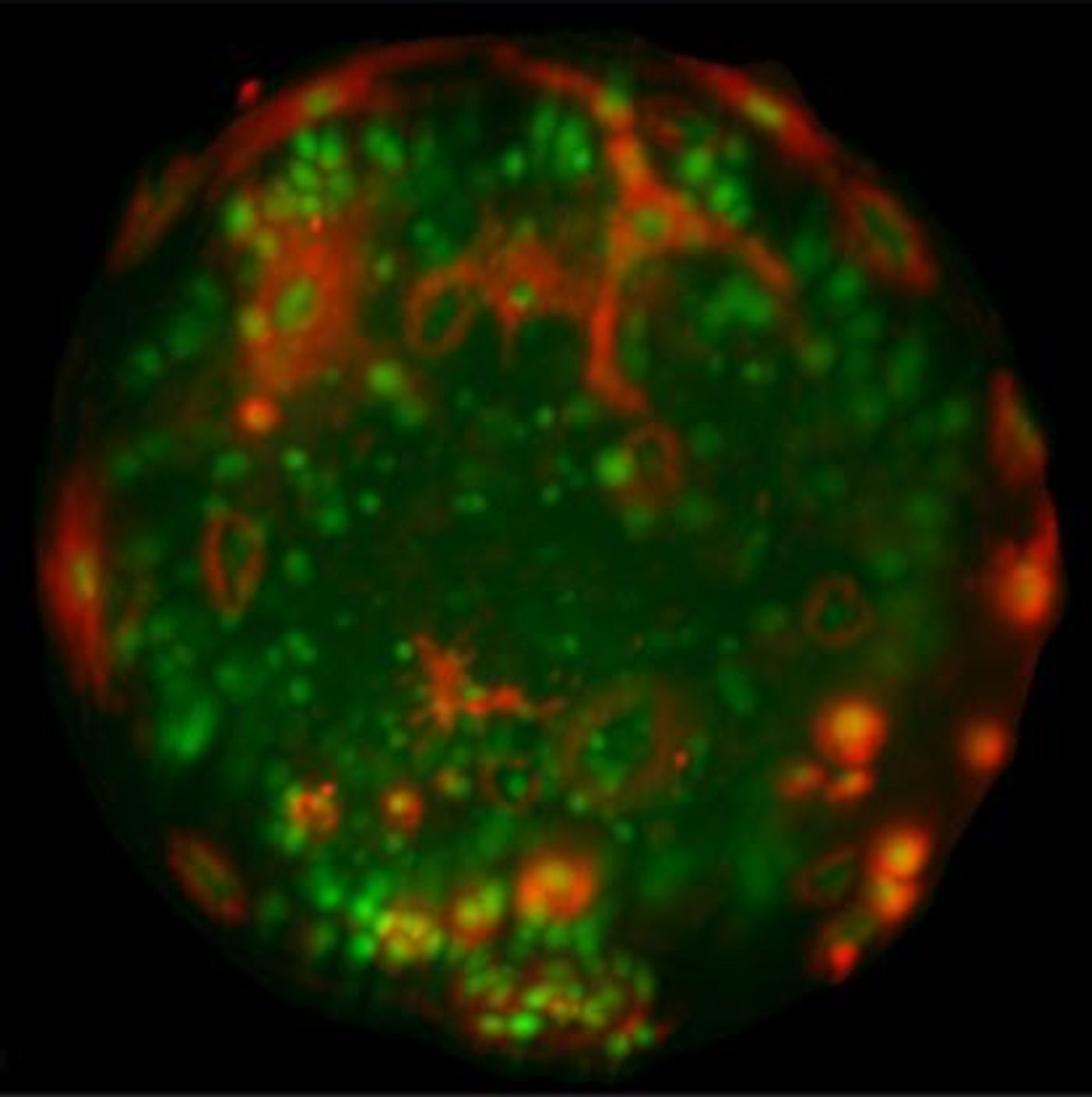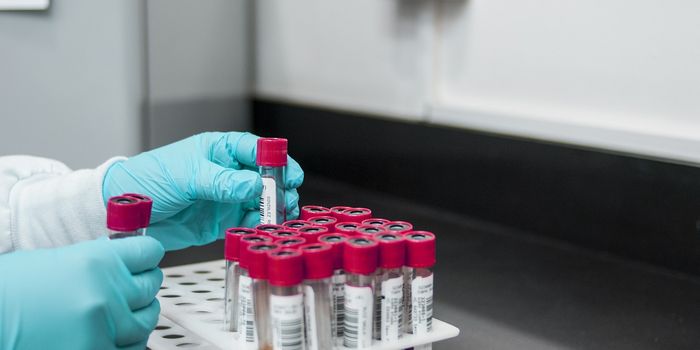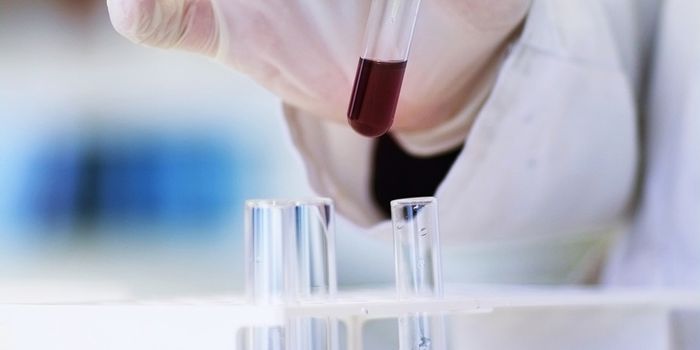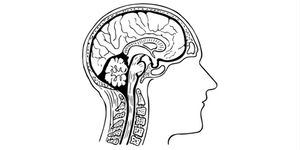Planaria Development Aids Understanding of Regeneration
Understanding more about an organism's ability to regenerate could help us develop therapeutics for serious injury or even degenerative diseases. There are not many examples of regeneration to look to for insight, but the planaria is one such animal. New research by scientists at the Stowers Institute for Medical Research has investigated the embryonic origins of planaria, providing clues to the molecular mechanisms behind regeneration. It was reported in the journal eLife. If you'd like to know more about the planaria, check out the following video.
Neoblasts, a type of adult stem cell vital to planaria regeneration, arises in one particular embryonic development stage. Planaria are unique in that their neoblasts not only last beyond embryonic development, unlike other organisms. Additionally, those neoblasts hang around through the adult stages of a planaria's life. The adult planaria neoblasts maintain their ability to use developmental processes to respond to severe trauma; as such planaria can remake lost body parts.
"While a large body of research focuses on regeneration in adult planaria, much less is known about planarian embryogenesis - the process of growing from a single fertilized egg into a properly formed organism," explained Erin Davies, Ph.D., the study's first author and a postdoctoral research associate in the laboratory of Howard Hughes Medical Institute and Stowers Institute Investigator Alejandro Sánchez Alvarado, Ph.D.
For many organisms, there are atlases outlining the various steps or stages that an organisms proceeds through as it forms. For this work, Davies and colleagues had to establish the data for Schmidtea mediterranea embryos. They also assayed the gene expression to describe the molecular features of the various embryonic tissues and organs during embryogenesis. The information is accessible online at planosphere.stowers.org. This is a solid foundation for a complete study of the planaria developmental process.
"In planaria, we have a really great system for studying regeneration during adulthood," Davies said. "It offers us the opportunity to start to compare and contrast what is similar and what is different about developmental processes during embryogenesis and regeneration in an adult animal."
If a planaria gets cut into sections, just about any part can grow a new and functional animal that has a brain, nervous system, eyes, kidneys, gut, muscle, and skin and in only two weeks. While it's understood that neoblasts confer the regenerative ability on planaria, it's not known where they originate.
"Because neoblasts have only been studied in adults, we did not know how they were made in the first place during embryonic development," said Sánchez Alvarado. "Our work has uncovered both the precise embryonic time when neoblasts are formed, and the gene expression profile that precedes their formation."
Davies noted that a significant shift in the types of genes being expressed occurs around one week into development. "The genes that we think of as being required to make different types of tissues in the body - brain, muscle, gut, kidneys - all these genes start to turn on during this time window," she explained.
It was found that during the formation of organ systems in planaria, adult neoblasts arise as well. If they are transplanted into adult planaria without stem cells, the embryonic cells established themselves and began to proliferate. The embryonic cells were capable of replenishing the store of adult planarian stem cells, extending the life of the organism. But if embryonic cells from earlier time periods were transplanted, they could not establish themselves and their adult planarian hosts subsequently died.
The daughter cells of neoblasts work to form the worm throughout embryogenesis, and are then maintained during the life of the worm. The neoblasts seem to be the source of the regenerative abilities of the planaria.
"Planarian embryogenesis has remained obscure for many decades, and the embryogenesis of Schmidtea mediterranea particularly so. It is to Erin Davies' great credit that this is no longer the case and that we, as a community interested in regeneration and stem cell biology, can now peer into a world of biological activity we could not access previously," commented Sánchez Alvarado.
This work will aid in the understanding of stem cell maintenance, regulation and specification. A direct comparison of the genes involved in development, regeneration and maintenance of adult organisms is now possible.
"I think that there are likely to be many similarities, but also critical differences. We understand very little about how regeneration cues are transmitted to stem cells in the adult. In planaria, we'll have the opportunity to investigate embryonic and regenerative processes both at the level of single genes, and globally at the level of what happens to all genes expressed in a particular tissue over time," explained Davies.
Movies from their work are featured above, showing a SPIM reconstructed S3 embryo costained with EF1a-like-1 (red) and sytox green nuclear counterstain and below, showing epidermal progenitors arising in the piwi-1+ blastomere population in S5 embryos.
Sources: AAAS/Eurekalert! via Stowers, eLife









